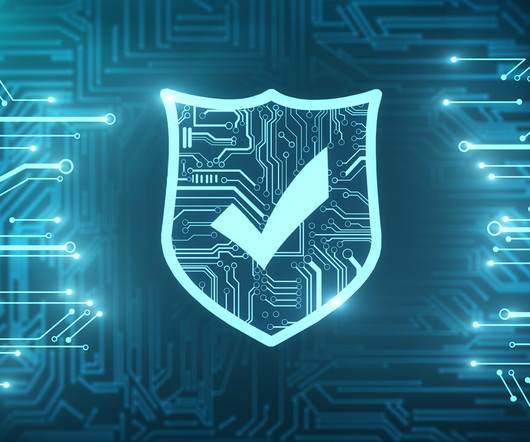Zero Trust Can’t Protect Everything. Here’s What You Need to Watch.
eSecurity Planet
AUGUST 25, 2021
Zero trust architecture is an emerging technology in cybersecurity that offers an alternative to the traditional castle-and-moat approach to security. By limiting movement, you mitigate the risk of malicious actors accessing key segments.” Zero trust architecture requires perpetual maintenance.
















Let's personalize your content